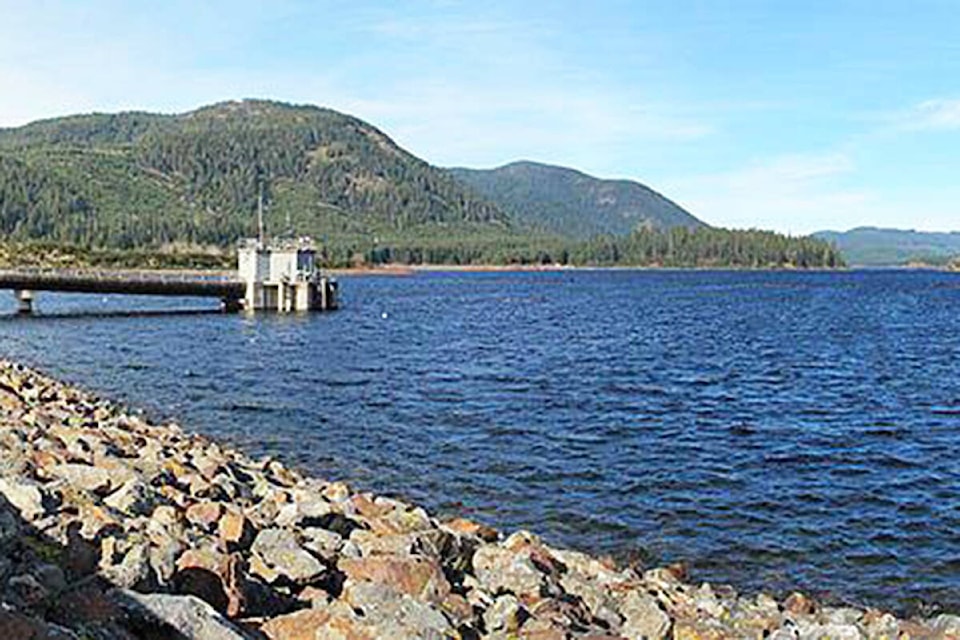Experts are worried about “unprecedented conditions” in the Sooke Lake Reservoir, which is nearly full and could exceed capacity with heavy rain expected this week.
The reservoir, the waters in which are piped throughout the Capital Regional District, saw its level drop below the five-year average during this past summer’s drought. But water levels rocketed back up with the deluge of rain that fell Nov. 15 and 16, sending it above pre-drought levels in just one month.
With the reservoir at about 96.5 per cent of capacity and steady rain already falling in the area by Thursday afternoon, reservoir manager CRD Integrated Water Services expected that it would exceed capacity.
READ MORE: Heavy rain, wind warnings issued for Vancouver Island
Brian Starzomski, an environmental studies professor at the University of Victoria, says the impact of the weather the past few months has been unprecedented and nobody really knows the full effect of the reservoir exceeding its capacity.
“The water has to go somewhere,” he said. “It’s got to go down one of the rivers and you wonder what impacts these bigger storms in the fall are going have to increase water flows and (affect) things that live in the rivers.”
It is not uncommon for water to spill out of Sooke Lake Reservoir into the Sooke River, but that normally happens much later, late December or early January, according to the CRD. If the reservoir becomes full, this will mark the earliest it has occurred since 2002 when the dam was raised.
When the reservoir spills over, there’s nothing to slow down water along the Sooke River, meaning current flow rates could increase significantly.
Starzomzki regularly monitors CRD water level data to assess the impact on ecosystems in the area. Greater Victoria, with it’s “northern California” climate, has a number of plants which don’t grow elsewhere in Canada, he said. But because the climate is getting warmer and wetter, plants are growing earlier, which can be good as long as it stays wet, he added.
I look at the Sooke Reservoir storage summary each week. Victoria #yyj's water supply. This year's data are fascinating: we went below 5 year average storage in the summer with very hot weather + drought, and quickly past the 5 year avg in refilling with all the recent rain pic.twitter.com/sEzLFFh1lU
— Brian Starzomski (@BStarzomski) November 23, 2021
“But with the droughts in the summer, we sometimes wonder what’s going to happen as things get drier and drier and more of their habitat is lost,” he said. “There’s just not very much habitat left for those plants anymore.”
The changes in water levels could also hurt the salmon run. Starzomski is more concerned about droughts in summer when it comes to those species, but notes high water levels will also have an impact.
“It’s going to change the way that these streams function, with a lot a lot more water blasting through there and just changing the structure that’s in the streams.”
The District of Sooke closed the Sooke Potholes area after the flooding on Nov. 15 and the closure remained in effect on Thursday due to high water levels in the reservoir.
READ MORE: Vancouver Island braces for 3 more storms in 7 days
@moreton_bailey
bailey.moreton@goldstreamgazette.com
Like us on Facebook and follow us on Twitter.
